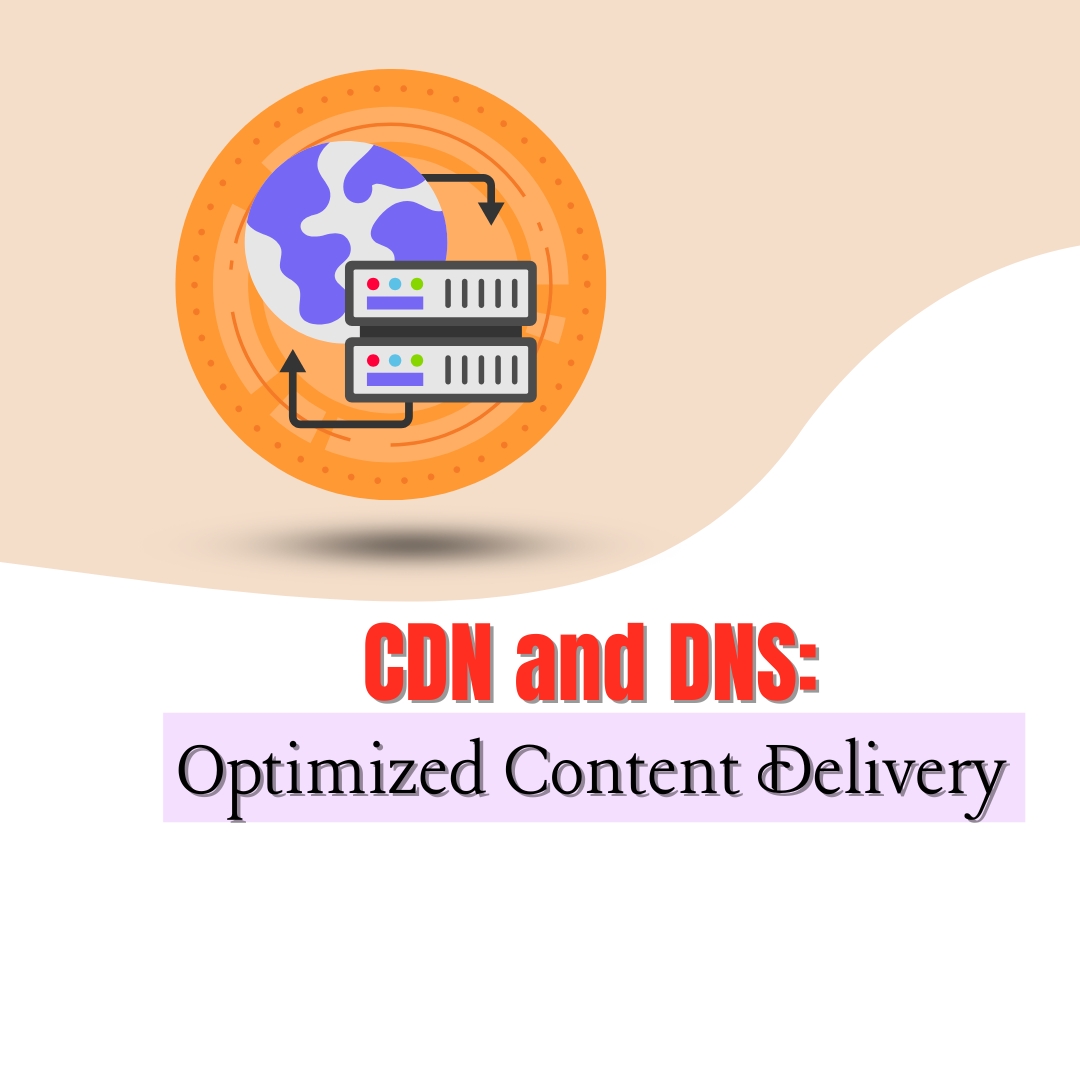
How CDN Services Work in Tandem with DNS for Optimized Content Delivery
In the digital age, where speed and performance are paramount for online success, content delivery networks (CDNs) and domain name systems (DNS) play crucial roles in ensuring fast and efficient content delivery to users around the world. While CDNs focus on caching and delivering content from edge servers, DNS facilitates the translation of domain names into IP addresses, directing users to the nearest CDN server. In this article, we’ll explore how CDN services work in tandem with DNS to optimize content delivery and enhance the user experience.
1. Understanding CDNs and DNS:
– Content Delivery Networks (CDNs): CDNs are distributed networks of servers strategically located in various geographic regions worldwide. They work by caching static content, such as images, videos, CSS files, and JavaScript, on edge servers located closer to end-users. This reduces latency and improves load times by minimizing the distance data must travel between the user’s device and the server hosting the content.
– Domain Name System (DNS): DNS is a hierarchical naming system that translates domain names (e.g., www.example.com) into IP addresses (e.g., 192.0.2.1), enabling users to access websites and services using human-readable domain names. When a user enters a domain name into their web browser, the DNS resolver locates the corresponding IP address by querying a series of DNS servers, ultimately directing the user to the correct web server hosting the requested content.
2. How CDN Services Work with DNS:
CDN services and DNS work together seamlessly to optimize content delivery and improve performance for end-users. The process typically involves the following steps:
– DNS Resolution: When a user enters a domain name into their web browser, the DNS resolver initiates a DNS lookup to resolve the domain name into an IP address. This process involves querying a series of DNS servers, starting with the user’s local DNS resolver and cascading through authoritative DNS servers until the IP address is found.
– DNS-Based Load Balancing: Many CDNs use DNS-based load balancing techniques to distribute traffic across multiple edge servers based on factors such as server availability, proximity to the user, and server load. The DNS resolver returns multiple IP addresses corresponding to different CDN edge servers, allowing the user’s device to connect to the nearest or most optimal server.
– CDN Edge Server Selection: Once the DNS resolver returns the IP addresses of CDN edge servers, the user’s device selects the closest or fastest server based on factors such as geographic proximity, network latency, and server availability. This ensures that content is delivered from the nearest edge server, minimizing latency and optimizing performance for the user.
– Content Delivery: After establishing a connection with the selected CDN edge server, the user’s device retrieves the requested content, such as web pages, images, or videos, directly from the edge server’s cache. By delivering content from edge servers located closer to the user, CDNs reduce latency, improve load times, and enhance the overall user experience.
3. Benefits of CDN-DNS Integration:
The integration of CDN services with DNS offers several benefits for content delivery and performance optimization:
– Improved Performance: By directing users to the nearest or most optimal CDN edge server, DNS-based load balancing minimizes latency and improves content delivery speeds, resulting in faster load times and a smoother user experience.
– Enhanced Reliability: CDNs enhance reliability and availability by distributing traffic across multiple edge servers and providing redundancy in the event of server failures or network outages. DNS-based load balancing ensures seamless failover and continuous service availability for users.
– Scalability and Flexibility: CDNs and DNS can scale seamlessly to accommodate fluctuations in traffic and demand, allowing organizations to deliver content efficiently to users worldwide without sacrificing performance or reliability.
Conclusion:
In conclusion, CDN services and DNS work hand in hand to optimize content delivery and enhance the user experience on the web. By leveraging DNS-based load balancing to direct users to the nearest CDN edge server, organizations can minimize latency, improve performance, and ensure reliable and efficient content delivery to users around the world. The integration of CDNs with DNS underscores the importance of infrastructure optimization and performance-driven strategies in today’s digital landscape, enabling organizations to deliver fast, responsive, and engaging online experiences to their audiences.







